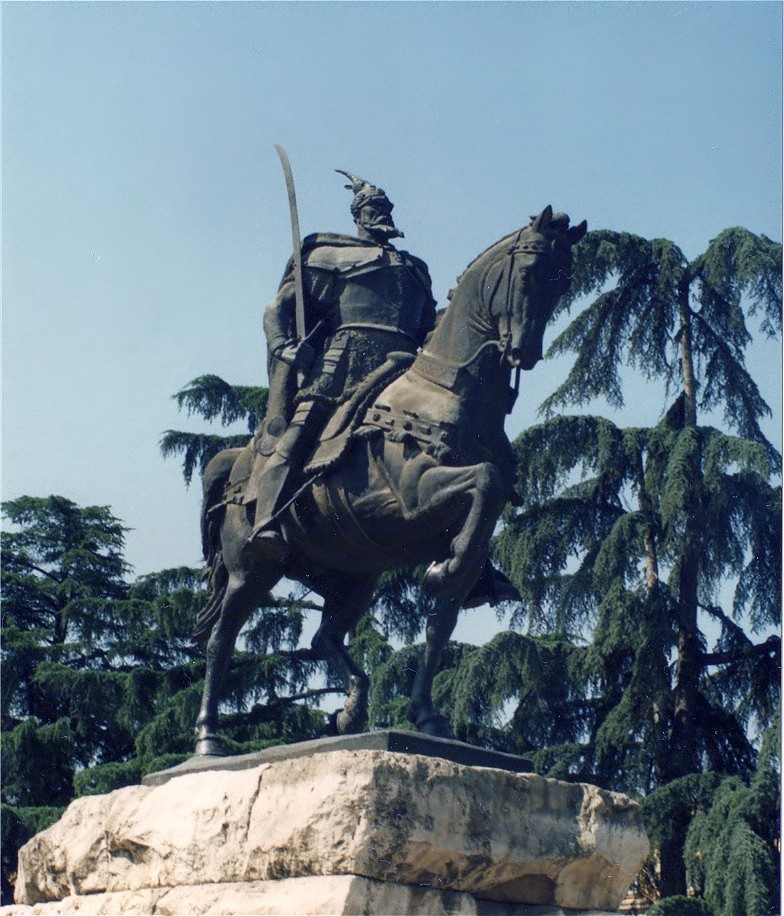|
Odhise Paskali
Odhise Paskali (22 December 1903 – 13 September 1985) is one of the most acclaimed Albanian sculptors. For his contribution, he was awarded the People's Artist of Albania award. Early life Paskali was born in 1903 in Përmet, Ottoman Empire. In 1925 when Paskali realized ''The Hungry'' he sent the work along with ''Face of a Girl'' (''Fytyrë vajze'') to Ahmet Zogu, then Prime Minister of Albania, and asked in return for a scholarship to study in an academy of arts in Italy. Zogu fulfilled his desire by sending him to Turin. As a student in Turin, he initiated the Albanian Student Association (''Studenti shqiptar'') and the magazine of the Albanian Students of Turin. He graduated in 1927 in Art Critique at the Literature and Philosophy School of the Kingdom of Italy University in Turin. In the 1930s he was one of the initiators of the association Friends of the Albanians (''Miqt e Arbrit''). He was also one of the organizers of the first exposure of arts and the first School of ... [...More Info...] [...Related Items...] OR: [Wikipedia] [Google] [Baidu] |
Përmet
Përmet (; sq-definite, Permeti) is a city and municipality in Gjirokastër County, southern Albania. The municipality of Përmet consists of the administrative units of Çarçovë, Frashër, Petran, Qendër Piskovë and Përmet. The total population is 10,614 (2011 census), in a total area of 602.47 km2. The population of the former municipality at the 2011 census was 5,945. It is flanked by the Vjosë river, which runs along the Trebeshinë-Dhëmbel- Nemërçkë mountain chain, between Trebeshinë and Dhëmbel mountains, and through the Këlcyrë Gorge. Name The town itself is known in Albanian as ''Përmet'', and sq-definite, Përmeti when in definite form. The town is known in Italian as Permet, Aromanian as , in Greek as ''Πρεμετή/Premeti'' and in Turkish as ''Permedi''. History 14th century In 14th century Përmet came under Ottoman rule and became first a kaza of the sanjak of Gjirokastër and later of the Sanjak of Ioannina.History of the Albanian ... [...More Info...] [...Related Items...] OR: [Wikipedia] [Google] [Baidu] |
Skanderbeg's Monument In Tirana
The Skanderbeg Monument is a monument in the Skanderbeg Square in Tirana, Albania. It commemorates Skanderbeg (1405–1468), the national hero in Albania for resisting the Ottomans. Created by Odhise Paskali, the monument was inaugurated in 1968 on the 500th anniversary of the death of Skanderbeg. Shekulli Online, 05 Prill 2008 Gallery See also * |
Migjeni
Millosh Gjergj Nikolla (; 13 October 191126 August 1938), commonly known by the acronym pen name Migjeni, was an Albanian poet and writer, considered one of the most important of the 20th century. After his death, he was recognized as one of the main influential writers of interwar Albanian literature. Migjeni is considered to have shifted from revolutionary romanticism to Critical realism (philosophy of perception), critical realism during his lifetime. He wrote about the poverty of the years he lived in, with writings such as "Give Us This Day Our Daily Bread", "The Killing Beauty", "Forbidden Apple", "The Corn Legend", "Would You Like Some Charcoal?" etc., severely conveyed the indifference of the wealthy classes to the suffering of the people. The proliferation of his creativity gained a special momentum after World War II, when the People's Socialist Republic of Albania, communist regime took over the full publication of works, which in the 1930s had been partially unpublis ... [...More Info...] [...Related Items...] OR: [Wikipedia] [Google] [Baidu] |

